Login
Subscribegenetics
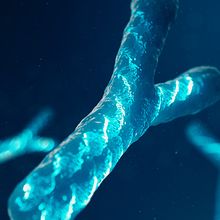
Closing the Gaps in the Human Genome: Why Y Was the Final Hurdle
Kamal Nahas, PhD | Aug 28, 2023 | 4 min read
For two decades, scientists struggled to fully sequence the Y chromosome. Finally, researchers have mapped its full length thanks to recent advances in sequencing technology.

Predicting the Next Level of CRISPR Control
Deanna MacNeil, PhD | Aug 28, 2023 | 3 min read
Scientists combine the power of genome-wide screens and machine learning to unlock the secrets of transcriptome engineering with Cas13.
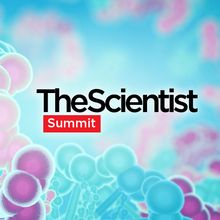
How Can Core Labs Help You Get Started with NGS?
The Scientist’s Creative Services Team | 1 min read
Next-generation sequencing (NGS) core facility scientists and researchers new to NGS discuss their fruitful collaborations, highlighting how to receive expert help from genomics facilities.

Journey to the Center of the Ear
Niki Spahich, PhD | Aug 28, 2023 | 5 min read
An aqueduct connecting the brain to the ear may make gene therapy for hearing loss less invasive.
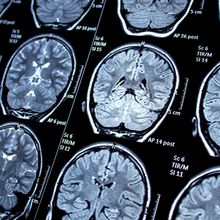
Defending against Dravet
Aparna Nathan, PhD | Aug 21, 2023 | 3 min read
Gene therapy may be the first step toward curing a rare genetic epilepsy.

Targeted DNA Sequencing: Probing for Answers
The Scientist’s Creative Services Team and Roche | 1 min read
A more focused investigation for more in-depth answers.

New CRISPR Treatment Could Prevent HIV Reinfection after Viral DNA Excision
Jennifer Zieba, PhD | Aug 21, 2023 | 3 min read
Researchers design dual CRISPR treatments to remove HIV DNA and prevent reinfection in vitro.

Worms Frozen for 46,000 Years are the Oldest Known Living Animals
Natalia Mesa, PhD | Aug 15, 2023 | 5 min read
Nematodes buried in Siberian permafrost may be able to stay in a state of suspended animation indefinitely, according to recent findings.
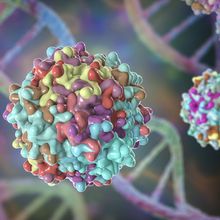
Introduction to AAV Gene Therapies
Nicole Stivers, PhD | 4 min read
Small-scale successes in rare disease treatments prime large-scale industry innovations.
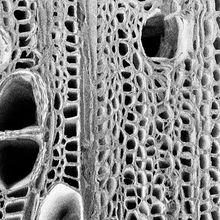
CRISPR Trees Could Improve Paper Production
Alejandra Manjarrez, PhD | Aug 15, 2023 | 3 min read
Researchers edited several tree genes to improve suitability and sustainability in the pulp and paper industry.
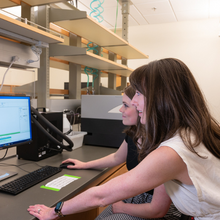
An Ancient Viral Protein May Play a Key Role in ALS
Aditi Subramaniam, PhD | Aug 15, 2023 | 4 min read
Researchers find that UBQLN2 gene dysfunction causes a virus-like protein to accumulate in cells, which changes gene expression and may contribute to disease progression in amyotrophic lateral sclerosis (ALS).
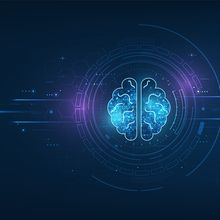
Integrating Technologies into Neurodegenerative Disease Research
Thermo Fisher Scientific | 1 min read
Genetic analysis techniques give researchers the power to better understand, detect, and treat disease.
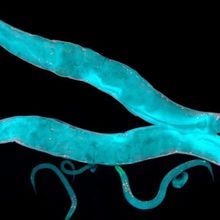
The Body, Not the Brain, Regulates Sleep
Rebecca Roberts, PhD | Aug 15, 2023 | 3 min read
Genetic screens have revealed three peripheral tissue genes that regulate sleep. What does this mean for sleep research?
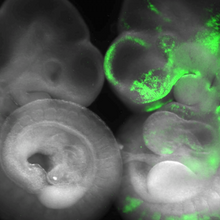
Chimera research opens new doors to understanding and treating disease
Hannah Thomasy, PhD, Drug Discovery News | Aug 9, 2023 | 10 min read
Animals with human cells could provide donor organs or help us understand neuropsychiatric disorders.
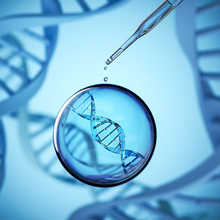
Optimizing Sample Homogenization
The Scientist’s Creative Services Team and Bertin Technologies | 3 min read
Discover how the latest homogenization technology improves and simplifies the processing of any biological sample.

Toward Better Biomarkers for Schizophrenia
Deanna MacNeil, PhD | Aug 7, 2023 | 3 min read
Researchers scratch the surface of schizophrenia susceptibility by uncovering DNA methylation differences in neonatal blood samples.
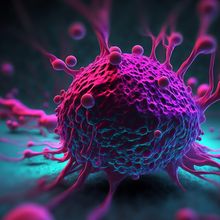
Cancers Protect Themselves Against Their Own Mutations
Ida Emilie Steinmark, PhD | Aug 1, 2023 | 2 min read
Tumors overexpress certain genes to survive a growing pile of harmful mutations, a trait that scientists could exploit to target with drugs.
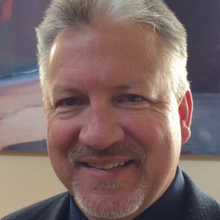
Modern Multiomics: Why, How, and Where to Next?
The Scientist’s Creative Services Team and Illumina | 4 min read
A conversation with Illumina Distinguished Scientist and Vice President Gary Schroth about the present and future of multiomic technology and applications

Iconic Geneticist Evelyn Witkin Dies at Age 102
Lisa Winter | Jul 24, 2023 | 3 min read
Lasker Award winner Evelyn Witkin discovered the mechanism for DNA repair following UV damage.
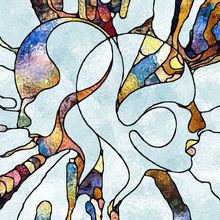
Noninherited Genetic Mutations Link to Schizophrenia
Alejandra Manjarrez, PhD | Jul 20, 2023 | 2 min read
By studying the genomes of more than 24,000 individuals, researchers discovered rare genetic mutations that may shed light on mechanisms underlying schizophrenia.